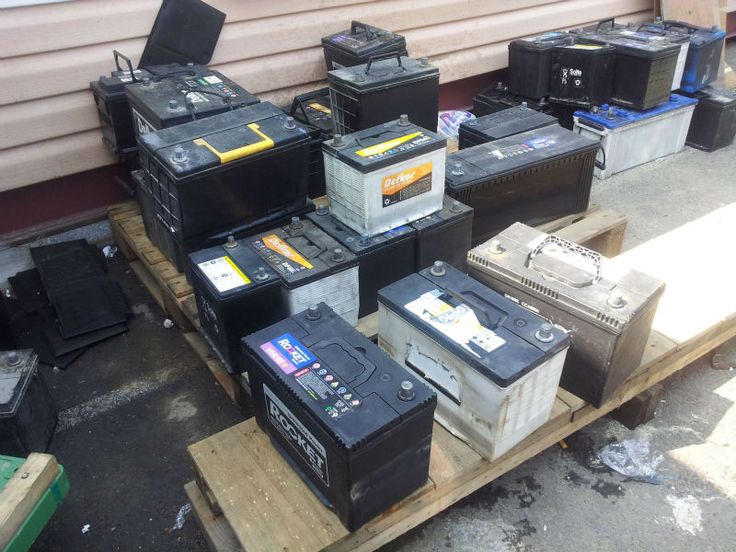Used lead-acid batteries typically go through a recycling process. These batteries contain lead, which is a hazardous material if not disposed of properly, so recycling is essential for environmental and health reasons. Here’s how the recycling process generally works.
- Collection: Used lead-acid batteries are collected from various sources such as automobiles, industrial equipment, and backup power systems.
- Transportation: Once collected, the batteries are transported to recycling facilities.
- Breaking: At the recycling facility, the batteries are broken down into their primary components: lead, lead oxide, plastic casing, and sulfuric acid electrolyte.
- Separation: The components are separated. Lead and lead oxide are usually melted and purified, while the plastic casing is recycled separately. The sulfuric acid electrolyte is neutralized or converted into sodium sulfate, which can be used in various industrial processes.
- Purification: The lead and lead oxide undergo purification processes to remove impurities and ensure they meet quality standards for reuse.
- Manufacturing: The purified lead and lead oxide are used to manufacture new batteries or other lead-based products.
By recycling lead-acid batteries, not only is environmental pollution minimized, but valuable materials like lead can be reused, reducing the need for mining of new resources.


